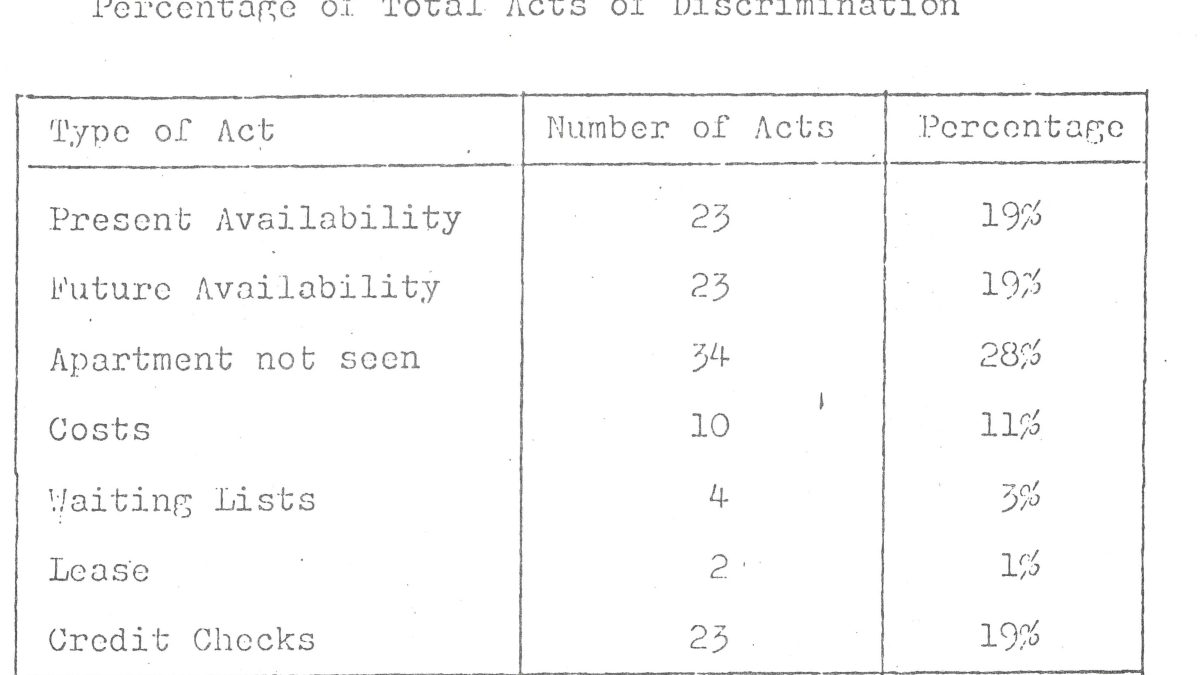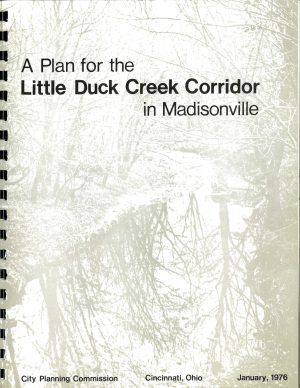
Last November, the University of Cincinnati Libraries announced the award of an Archives Grant from the National Historical Publications and Records Commission to the Libraries’ Archives and Rare Books Library (ARB). This grant supports the archival processing of records related to the lawsuit Bronson v. Board of Education of the City School District of the City of Cincinnati maintained by the local branch of the National Association for the Advancement of Colored People (NAACP) and donated to the University of Cincinnati in the 1980s.
While processing the collection we found a significant amount of material related to the housing situation in Cincinnati at the time. This includes information regarding specific housing organizations, examples of housing discrimination, neighborhood schools, federal housing projects, and studies on population data. This month’s blog post will give an insight into Cincinnati’s housing climate and how it contributed to Bronson v. Board. We will begin with key organizations in the area.
- Housing Opportunities Made Equal (HOME): Housing Opportunities Made Equal is a nonprofit organization founded in 1959 to promote housing equality. They conduct research on local housing and will file complaints on agencies or individual realtors when evidence of discrimination is found. The collection holds many documents on the testing they conducted in the early 1970s. They were commissioned by the Ohio-Kentucky-Indiana Regional Council of Governments to carry out research on the types of discrimination by rental buildings to interested renters. This research was focused on 100-200 rental buildings that were assisted by the Federal Housing Administration, located in the southeastern, western, northern, central and eastern areas of Cincinnati and that were over 90% white. Both an African-American tester and a white tester called and then visited a housing complex acting as a possible renter by asking questions on availability, costs, waiting lists, lease requirements, and credit checks. HOME then collected the findings from the testers and published a report on their results.

- Cincinnati Metropolitan Housing Authority (CMHA): The Cincinnati Metropolitan Housing Authority was created in 1933 to provide accommodations for low-income families and for sanitary housing conditions. Their work includes designing and the selection of sites for housing projects for low-income families, senior citizens, and adults with disabilities. They also develop non-discriminatory leasing and occupancy policies to ensure housing for all.
- Cincinnati Human Relations Commission (CHRC): The Cincinnati Human Relations Commission was established by the Cincinnati City Council and advocates for the equality of all. They proposed a mini cluster plan for the desegregation of schools. This plan would group a few neighborhood schools together and the children attending those schools would then attend one of the schools based on their grade level. This would bring students at segregated schools together.

Housing segregation and education
Racial steering, blockbusting, redlining and restrictive covenants aided in the segregation of neighborhoods. Often new construction in segregated Black neighborhoods such as the construction of highways would force families out of their homes. These families would then look for new housing in predominantly white neighborhoods as housing was scarce. As a result, some rental companies would engage in illegal discrimination in order to prevent those families from moving in.
In Bronson v. Board, the NAACP argued that the Cincinnati Board of Education aided in school segregation through various methods in relation to housing. This included:
- By constructing schools and assigning their attendance zones to a segregated neighborhood which then created a segregated school
- The locations of planned schools
- When a segregated school became overcrowded, instead of sending the students to a nearby school which could be predominantly a different race, they bussed the students past the nearby school to a school that was the same race
- In some instances, not all Black schools had buses, and all students had to walk if they did not have a ride to school
The collection includes a multitude of housing records. Many case interrogatories focused on the amount of, location, funding and which schools are assigned to those housing projects. Of the plaintiffs exhibits, over 200 deal specifically with housing. There are also over 100 files within the discovery material on housing. The plaintiffs used this abundance of material to support their claim of the Cincinnati Board of Education and the suburban school districts knowingly supporting the segregation of schools.
This project has been made possible in part by grant RH-104772-24 from the National Historical Publications and Records Commission (NHPRC). Any views, findings, conclusions, or recommendations expressed in this blog post do not necessarily represent those of the NHPRC.
